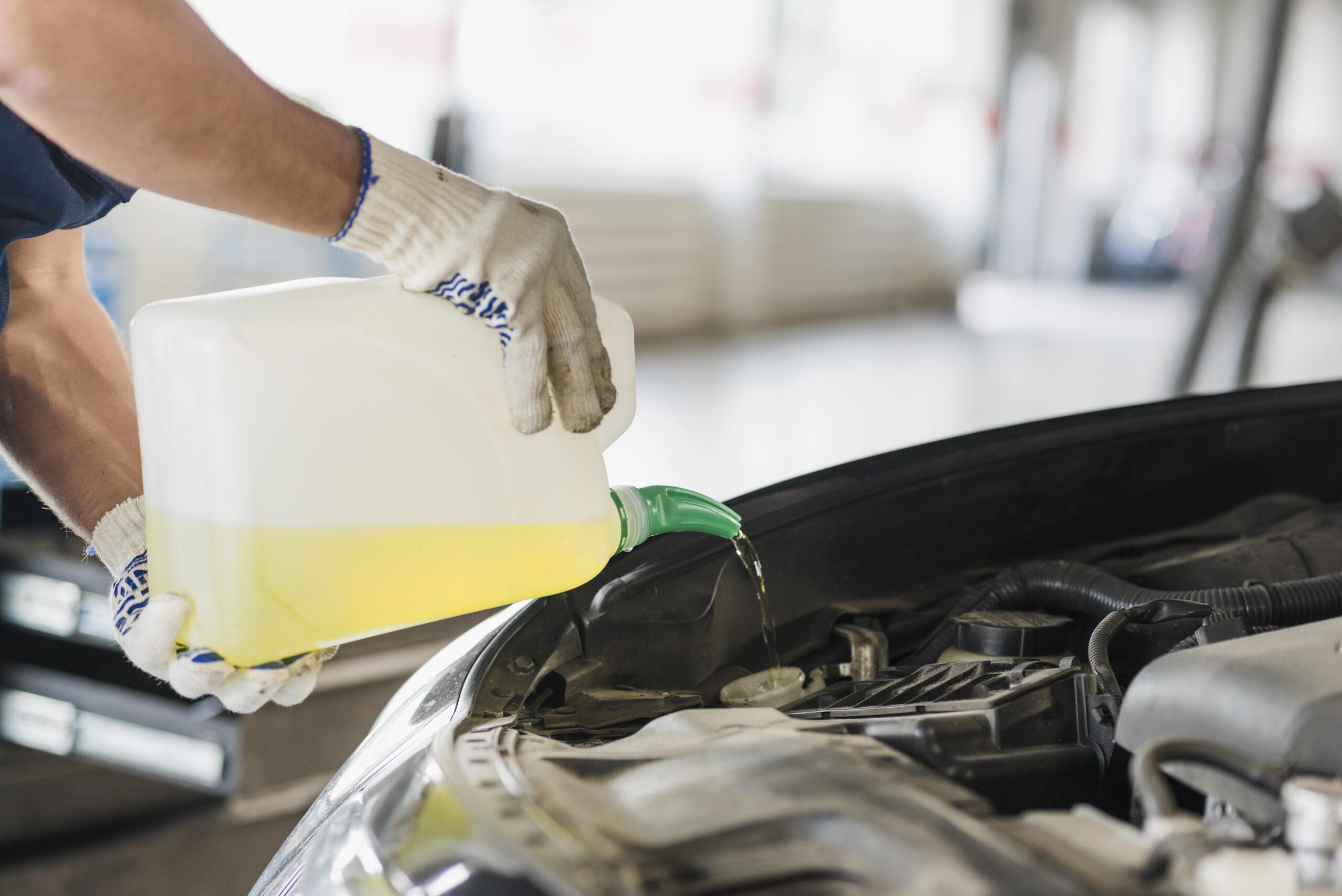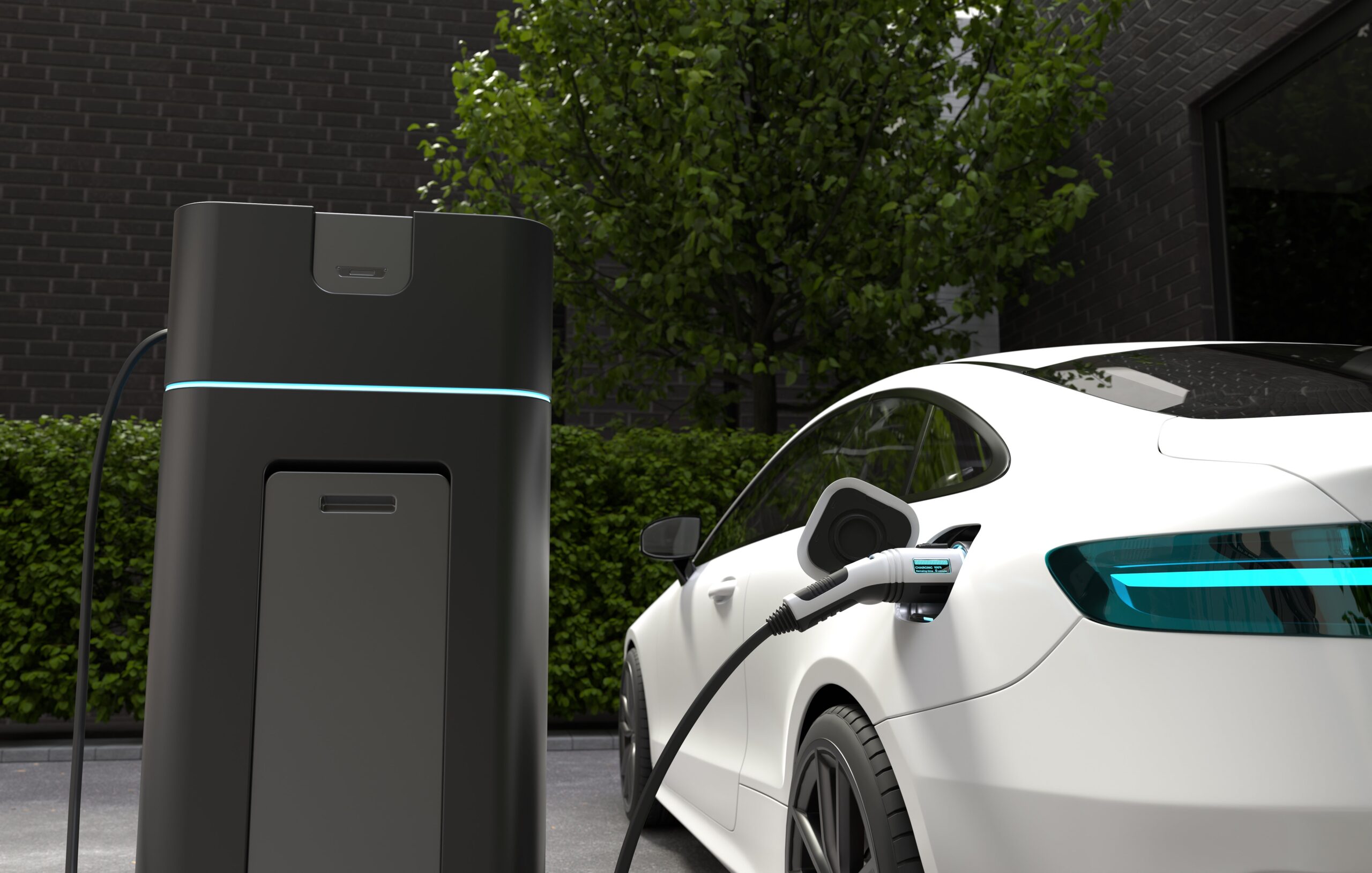Essential Car Maintenance You Can Do at Home
1. Tyres: Pressure, Tread and Wear
Your tyres are your car’s only contact with the road, so keeping them in good condition is essential for safety and performance.
Check the pressure at least once a month using a tyre pressure gauge. Refer to the sticker inside the driver’s door or your owner’s manual for the recommended pressure. Driving with under or over inflated tyres affects handling, fuel economy, and tyre life.
Inspect the tread by using the simple 20-cent coin test. Insert the coin into the tread with the bill of the platypus pointing down. If you can see all of the bill, it’s time to replace the tyre. Uneven tread wear may indicate alignment issues or suspension problems.
Also, keep an eye out for visible damage like cracks, bulges, or embedded objects. If in doubt, have a professional inspect them.
2. Fluids: Levels, Leaks and Top-ups
Your car relies on several fluids to keep things running smoothly. Checking them regularly is a great habit.
- Engine oil: Check with the dipstick when the engine is cool and the car is on level ground. The oil should be within the marked range and be a clean amber colour for petrol engines. Diesel engines will always be black, even if recently changed. If your car doesn’t have a dipstick, have a look at your owner’s manual. There’s usually a level check function either on the dash or the centre screen.
- Coolant: Look at the reservoir, not the radiator itself. The fluid should be between the minimum and maximum lines. Only top up with the correct coolant for your vehicle.
- Brake fluid: A drop in brake fluid can signal worn brake pads or a leak. Never ignore a low level—get it checked if you’re topping up regularly.
- Transmission fluid (if your car has a dipstick for it): Check with the engine warm and running. It should be a clear red and not smell burnt.
- Washer fluid: Top this up regularly, especially in bug season or if you’ve been doing highway driving.
Also, have a look underneath the car where you park and shine a light around the engine bay. Any oil stains, fresh puddles or drips could point to a fluid leak that needs professional attention.
3. Lights: Visibility and Safety
Working lights are vital for safety and to avoid getting fined. Every couple of weeks, do a quick check of all exterior lights: headlights (high and low beam), indicators, brake lights, reverse lights and number plate lights.
You can use a wall or garage door to check the front and rear lights, or have someone help while you test the brakes and indicators. If a globe is out, most can be replaced at home with a screwdriver and a new bulb. Refer to your owner’s manual if you’re unsure. Just make sure the replacement matches the original type and wattage.
Tip: Always wear gloves when handling halogen headlight globes—oil from your skin can cause them to fail early.
4. Fuses: Power to the Essentials
Fuses protect your car’s electrical circuits. If a component suddenly stops working—like your radio, interior lights, or power windows—a blown fuse could be the cause.
Locate your fuse box, usually found under the dashboard or in the engine bay. Use the diagram on the lid or in the owner’s manual to identify the fuse in question. If the metal strip inside the fuse is broken, it’s blown.
Replacing it is simple—just make sure you use a fuse with the same amperage rating. Usually there are spare fuses in the box, along with a small fuse puller tool (usually white). Otherwise, keep a small box of spare fuses in your glovebox so you’re prepared.
Note: If a fuse keeps blowing repeatedly, it likely indicates an electrical fault. In that case, it’s best to get a qualified auto electrician involved. Never fit a higher amperage fuse!
5. Battery Condition: Start Strong
A healthy battery is essential to start your car and power accessories. Check your battery every few months, especially before winter.
Look for corrosion around the terminals—a white or green powdery build-up. This can be cleaned with a mixture of baking soda and water, applied carefully with a brush. Always wear gloves and eye protection when working around the battery.
Make sure the terminals are tight, but not too tight. They should be just tight enough to prevent movement. If they’re too tight you may damage the terminal. Also, make sure the battery is securely mounted. If your car is slow to start, or if you notice dim headlights or electrical issues, it could be a sign the battery is weakening.
Some batteries have a charge or condition indicator on the top of the case. Functionality varies, so check your owner’s manual or consult the battery maker’s website if you’re unsure.
Many auto parts stores will test your battery’s health for free. If it’s over three years old, consider having it checked even if it’s not showing signs of failure.
Final Thoughts
Staying on top of these basic home car maintenance tasks can make a big difference to your vehicle’s reliability and longevity. While some jobs are best left to the professionals, keeping an eye on your tyres, fluids, lights, fuses, and battery gives you peace of mind and helps prevent unpleasant surprises on the road.
If you’re ever unsure about a maintenance task or what product to use, don’t hesitate to reach out to us for guidance. A little DIY goes a long way—especially when it comes to your car.








